Home>Furniture & Design>Interior Design Trends>What Kind Of Glass Is A Windshield
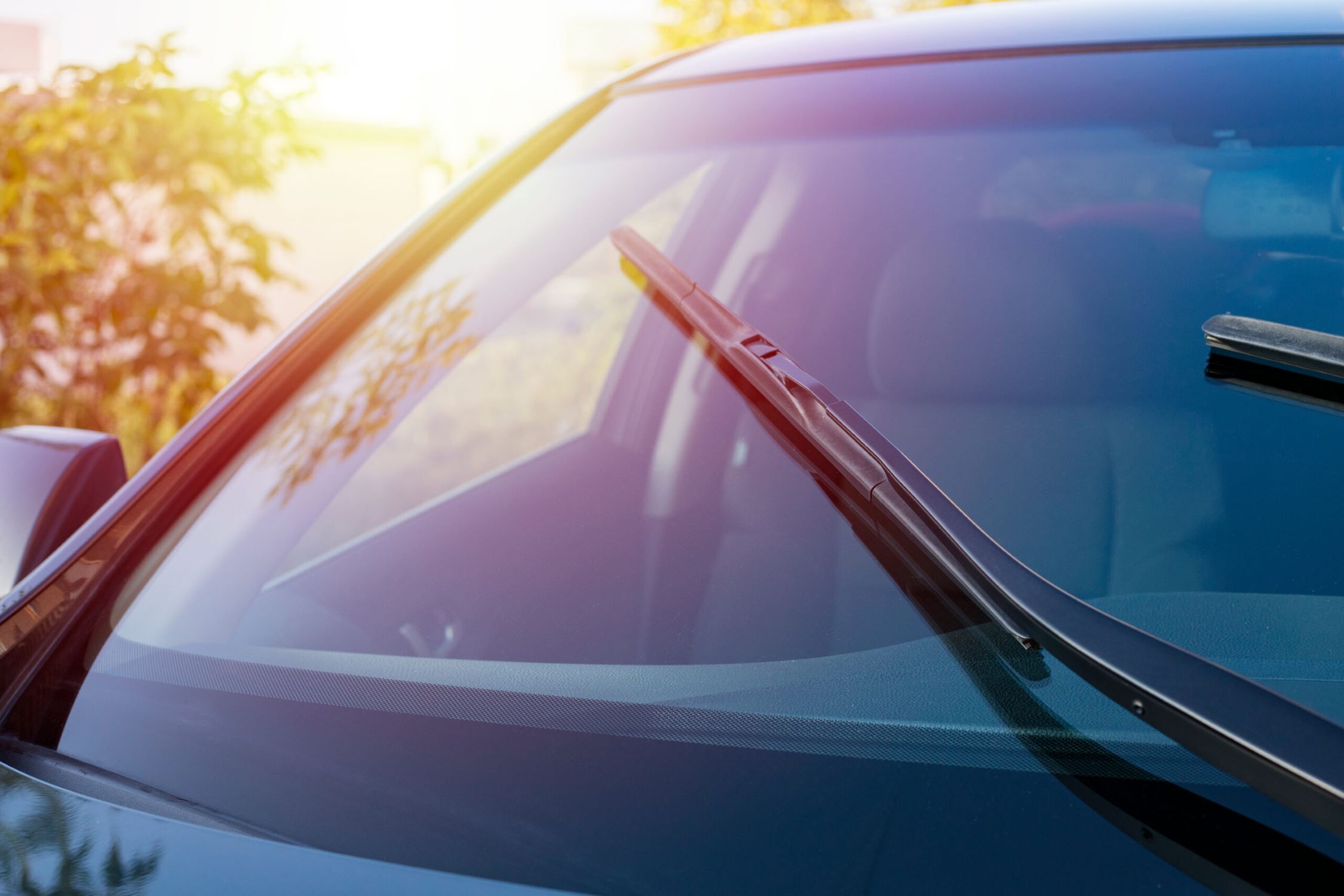

Interior Design Trends
What Kind Of Glass Is A Windshield
Modified: October 20, 2024
Discover the latest interior design trends for glass windshields and enhance your vehicle's style and functionality. Explore the best options for your car's interior design.
(Many of the links in this article redirect to a specific reviewed product. Your purchase of these products through affiliate links helps to generate commission for Storables.com, at no extra cost. Learn more)
Introduction
When you hop into your car and hit the road, have you ever stopped to ponder the remarkable piece of engineering that shields you from the elements and potential hazards? That's right, we're talking about the windshield. This essential component of your vehicle is not just a simple pane of glass; it's a sophisticated and carefully crafted safety feature that plays a crucial role in protecting you and your passengers.
The windshield is not just any ordinary glass; it's specially designed to withstand a variety of challenges that come its way. From flying debris on the highway to the force of airbags deploying during an accident, the windshield is a vital barrier that keeps you safe and secure. But what kind of glass is a windshield made of, and what sets it apart from the glass used in other parts of your vehicle?
In this article, we'll delve into the fascinating world of automotive glass, exploring the different types of glass used in windshields and their unique properties. From laminated glass to tempered glass, acoustic glass, and solar control glass, each type serves a specific purpose, contributing to the overall safety, comfort, and functionality of your vehicle. So, fasten your seatbelt and join us on a journey through the intricate layers of automotive glass, where innovation and safety converge to redefine the driving experience.
Key Takeaways:
- Laminated glass in windshields offers safety, UV protection, and noise reduction, ensuring a secure and serene driving experience for passengers while reinforcing the vehicle’s structure.
- Tempered glass in side and rear windows provides durability, thermal stability, and security, minimizing the risk of injury and enhancing driver comfort for a safer and more relaxed journey.
Read more: How Much To Replace Windshield Glass
Laminated Glass
Laminated glass is a fundamental component of modern windshields, renowned for its exceptional strength and safety features. It is constructed by sandwiching a layer of polyvinyl butyral (PVB) between two or more sheets of glass. This innovative design offers a myriad of benefits that set laminated glass apart from traditional glass materials.
One of the most notable advantages of laminated glass is its ability to hold together when shattered, thanks to the interlayer of PVB. In the event of an impact, the glass may crack, but the PVB layer prevents it from breaking into sharp, hazardous shards. Instead, the broken pieces adhere to the PVB, reducing the risk of injury to the vehicle's occupants. This crucial safety feature has made laminated glass the standard choice for windshields, providing a reliable barrier against external forces.
Moreover, laminated glass offers enhanced protection against UV radiation, safeguarding the vehicle's interior and its occupants from harmful sun exposure. The PVB interlayer effectively filters out a significant portion of UV rays, minimizing the fading of upholstery and shielding passengers from prolonged sun exposure.
In addition to its safety and protective properties, laminated glass also contributes to a quieter and more serene driving experience. The PVB interlayer acts as a sound dampener, reducing external noise transmission into the vehicle's cabin. This acoustic insulation enhances the overall comfort of the ride, allowing occupants to enjoy a peaceful environment even amidst bustling traffic and road noise.
Furthermore, laminated glass plays a crucial role in supporting the structural integrity of the vehicle. In the event of a collision, the windshield, made of laminated glass, provides essential support to the roof, preventing it from collapsing and protecting the occupants from severe injuries.
In summary, laminated glass is a remarkable feat of engineering, offering a blend of safety, durability, and comfort. Its ability to withstand impact, mitigate UV exposure, reduce noise, and reinforce the vehicle's structure makes it an indispensable component of modern automotive design. As automotive technology continues to evolve, laminated glass remains a cornerstone of safety and innovation, ensuring that drivers and passengers can navigate the roads with confidence and peace of mind.
Tempered Glass
Tempered glass, also known as toughened glass, is a pivotal element in automotive design, renowned for its exceptional strength and resilience. This specialized type of glass undergoes a rigorous thermal tempering process, which endows it with unique properties that set it apart from traditional glass materials.
The tempering process involves subjecting the glass to intense heat, followed by rapid cooling, resulting in a state of high surface compression and balanced internal tension. This transformative process enhances the glass's strength and impact resistance, making it an ideal choice for automotive applications, including side and rear windows.
One of the most notable characteristics of tempered glass is its remarkable durability. The tempering process significantly increases the glass's resistance to external forces, making it less prone to breakage and damage. In the event of an impact, tempered glass is designed to fracture into small, granular pieces rather than sharp shards, reducing the risk of injury to vehicle occupants. This crucial safety feature has positioned tempered glass as a standard choice for side and rear windows, where resilience and protection are paramount.
Moreover, tempered glass offers enhanced thermal stability, making it well-suited for withstanding temperature differentials and fluctuations. This thermal resilience ensures that the glass can endure rapid changes in environmental conditions without compromising its structural integrity, contributing to the overall safety and longevity of the vehicle's windows.
In addition to its robustness, tempered glass also plays a vital role in enhancing the vehicle's security. Its formidable resistance to breakage and intrusion acts as a deterrent against potential theft and vandalism, providing an added layer of protection for the vehicle and its occupants.
Furthermore, the unique fracture pattern of tempered glass, which results in small, relatively harmless granules upon breakage, minimizes the risk of severe injuries in the event of an accident. This safety feature aligns with the automotive industry's commitment to prioritizing the well-being of drivers and passengers, ensuring that the glass components contribute to a secure and protected driving experience.
In summary, tempered glass stands as a testament to the ingenuity and precision of automotive glass engineering. Its exceptional durability, impact resistance, thermal stability, and safety features make it an indispensable component of vehicle design, reinforcing the industry's commitment to innovation and safety. As automotive technology continues to advance, tempered glass remains a cornerstone of reliability and protection, ensuring that vehicles are equipped with resilient and secure glass components that uphold the highest standards of safety and performance.
The glass used for windshields is typically laminated safety glass, which consists of two layers of glass with a layer of polyvinyl butyral (PVB) in between. This type of glass is designed to reduce the risk of injury in case of impact.
Acoustic Glass
Acoustic glass, also known as soundproof glass, represents a remarkable advancement in automotive engineering, designed to elevate the driving experience by mitigating external noise and enhancing interior comfort. This specialized type of glass incorporates innovative acoustic interlayers, meticulously engineered to reduce the transmission of sound waves and create a quieter, more serene environment within the vehicle.
The primary objective of acoustic glass is to minimize the intrusion of external noise, including traffic sounds, wind noise, and engine vibrations, into the vehicle's cabin. This is achieved through a sophisticated construction that involves the integration of a specially formulated PVB interlayer, strategically engineered to dampen sound waves and attenuate noise transmission. The result is a perceptible reduction in unwanted external noise, allowing occupants to enjoy a more tranquil and undisturbed driving experience.
In addition to its noise-reducing properties, acoustic glass offers a range of benefits that contribute to the overall comfort and well-being of vehicle occupants. By creating a quieter interior environment, acoustic glass enhances the clarity and intelligibility of in-vehicle communication and audio systems, allowing passengers to engage in conversations and enjoy music without the interference of external noise.
Moreover, the soundproofing capabilities of acoustic glass extend beyond mere noise reduction, encompassing thermal insulation and UV protection. The specialized interlayer not only dampens sound waves but also contributes to thermal efficiency, helping to regulate interior temperatures and reduce the reliance on heating and cooling systems. Furthermore, the interlayer provides enhanced UV filtration, safeguarding the vehicle's interior from the damaging effects of prolonged sun exposure, thereby preserving upholstery and interior surfaces.
From a safety standpoint, acoustic glass plays a pivotal role in enhancing driver awareness and attentiveness by minimizing distractions caused by external noise. By creating a quieter and more serene driving environment, acoustic glass contributes to a focused and controlled driving experience, allowing drivers to remain attentive and responsive to road conditions and potential hazards.
In summary, acoustic glass represents a significant advancement in automotive glass technology, offering a harmonious blend of noise reduction, thermal insulation, UV protection, and safety enhancements. Its ability to create a peaceful and comfortable driving environment underscores its pivotal role in redefining the driving experience, ensuring that vehicle occupants can enjoy a serene and undisturbed journey, free from the intrusion of external noise and environmental factors. As automotive technology continues to evolve, acoustic glass remains a testament to the industry's commitment to innovation, comfort, and safety, setting new standards for the modern driving experience.
Solar Control Glass
Solar control glass, a cutting-edge innovation in automotive glass technology, is engineered to address the challenges posed by solar radiation and heat buildup within vehicles. This specialized type of glass integrates advanced solar control coatings and interlayers, meticulously designed to mitigate the impact of solar energy while enhancing the overall comfort and efficiency of the vehicle's interior environment.
The primary function of solar control glass is to regulate the transmission of solar radiation, effectively managing the influx of heat and UV rays into the vehicle's cabin. This is achieved through the incorporation of advanced coatings and interlayers that selectively reflect and absorb a significant portion of solar energy, reducing the heat buildup and minimizing the detrimental effects of UV exposure. By controlling the solar heat gain, solar control glass helps maintain a comfortable and temperate interior environment, ensuring that occupants can enjoy a pleasant and relaxed driving experience even in the face of intense sunlight and high temperatures.
In addition to its solar management capabilities, solar control glass offers a range of supplementary benefits that contribute to the overall well-being and efficiency of the vehicle. By reducing the reliance on air conditioning systems, solar control glass enhances energy efficiency, promoting sustainable and eco-friendly driving practices. This not only reduces the vehicle's environmental impact but also contributes to fuel efficiency, aligning with the automotive industry's commitment to sustainability and responsible resource utilization.
Moreover, the UV-blocking properties of solar control glass safeguard the vehicle's interior from the damaging effects of prolonged sun exposure, preserving upholstery, dashboard materials, and electronic components. This UV protection not only extends the lifespan of interior surfaces but also contributes to the overall aesthetic appeal and resale value of the vehicle, ensuring that it remains in optimal condition over time.
From a safety perspective, solar control glass plays a crucial role in enhancing driver comfort and attentiveness by creating a more temperate and controlled interior environment. By minimizing the impact of solar heat gain, solar control glass contributes to a relaxed and focused driving experience, allowing drivers to remain attentive and responsive to road conditions and potential hazards without the distraction of excessive heat and glare.
In summary, solar control glass represents a significant leap forward in automotive glass technology, offering a comprehensive solution to the challenges posed by solar radiation and heat buildup. Its ability to regulate solar energy transmission, enhance energy efficiency, provide UV protection, and promote driver comfort underscores its pivotal role in redefining the driving experience, ensuring that vehicle occupants can enjoy a temperate and sustainable journey, free from the adverse effects of solar radiation. As automotive technology continues to evolve, solar control glass remains a testament to the industry's commitment to innovation, comfort, and safety, setting new standards for the modern driving experience.
Read more: What Kind Of Glue To Use On Glass
Conclusion
In conclusion, the evolution of automotive glass technology has revolutionized the driving experience, elevating safety, comfort, and efficiency to unprecedented levels. From the widespread adoption of laminated glass for windshields to the integration of tempered glass in side and rear windows, the automotive industry has continually pushed the boundaries of innovation to enhance the protective and functional aspects of vehicle glass components.
The remarkable properties of laminated glass, including its impact resistance, UV filtration, and acoustic insulation, have redefined the standard for windshield safety and performance. By providing a reliable barrier against external forces and contributing to a quieter and more serene driving environment, laminated glass stands as a testament to the industry's unwavering commitment to passenger safety and comfort.
Similarly, the exceptional strength and durability of tempered glass have positioned it as a cornerstone of automotive design, offering unparalleled resilience and safety features for side and rear windows. Its ability to fracture into small, granular pieces upon breakage, coupled with its thermal stability and security enhancements, underscores its pivotal role in reinforcing the vehicle's structural integrity and safeguarding occupants from potential hazards.
Furthermore, the introduction of acoustic glass has ushered in a new era of tranquility and serenity within vehicles, effectively reducing external noise and enhancing in-cabin communication and audio clarity. This innovative glass variant has not only redefined the driving experience but has also contributed to driver attentiveness and safety by minimizing distractions and promoting a focused and controlled driving environment.
Lastly, the advent of solar control glass has addressed the challenges posed by solar radiation and heat buildup, offering a comprehensive solution to regulate solar energy transmission and enhance interior comfort. By managing the influx of heat and UV rays, solar control glass has not only improved energy efficiency and sustainability but has also contributed to the preservation of interior surfaces and the overall well-being of vehicle occupants.
As automotive technology continues to advance, the role of glass in vehicles extends beyond mere transparency, evolving into a sophisticated and multifaceted component that integrates safety, comfort, and efficiency. The seamless integration of laminated, tempered, acoustic, and solar control glass exemplifies the industry's dedication to innovation and excellence, ensuring that vehicles are equipped with advanced glass solutions that redefine the modern driving experience.
In essence, the diverse array of glass types used in vehicles represents a harmonious fusion of engineering prowess and human-centric design, underscoring the industry's commitment to prioritizing the safety, comfort, and well-being of drivers and passengers. As we look to the future, the continued advancements in automotive glass technology will undoubtedly shape a new era of driving, where safety, innovation, and sustainability converge to create a truly transformative and enriching journey on the road.
Frequently Asked Questions about What Kind Of Glass Is A Windshield
Was this page helpful?
At Storables.com, we guarantee accurate and reliable information. Our content, validated by Expert Board Contributors, is crafted following stringent Editorial Policies. We're committed to providing you with well-researched, expert-backed insights for all your informational needs.
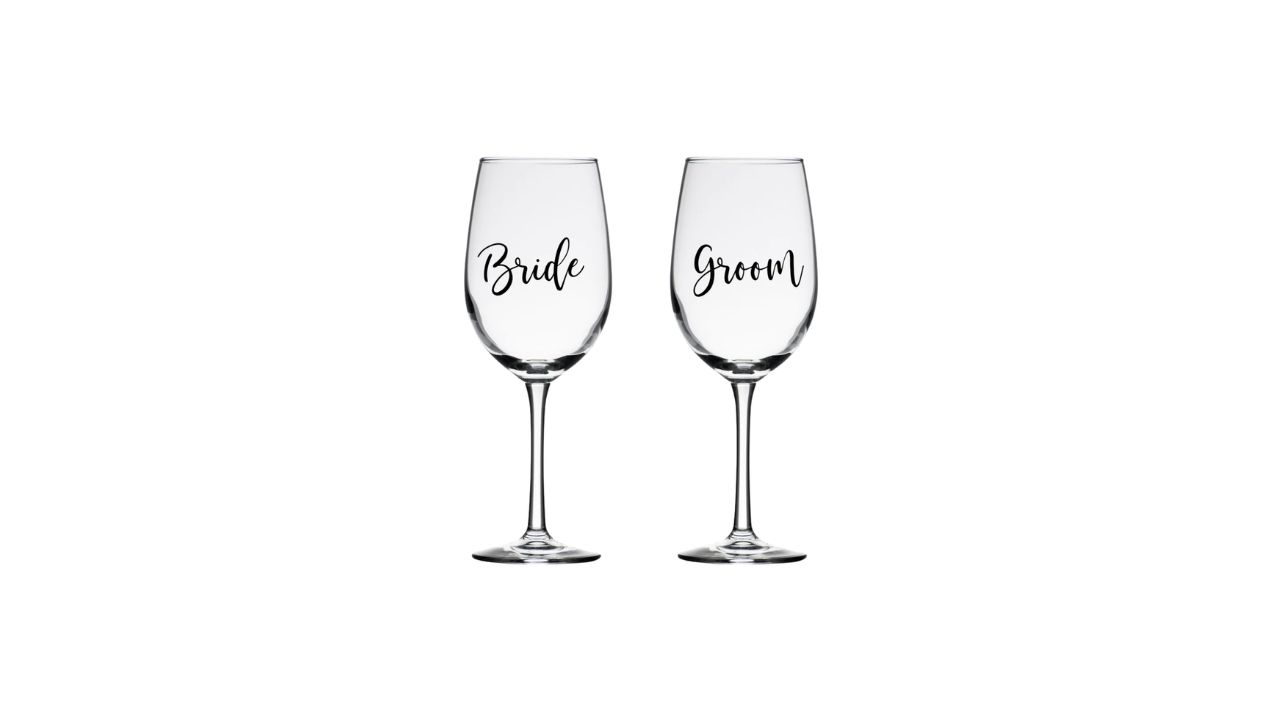
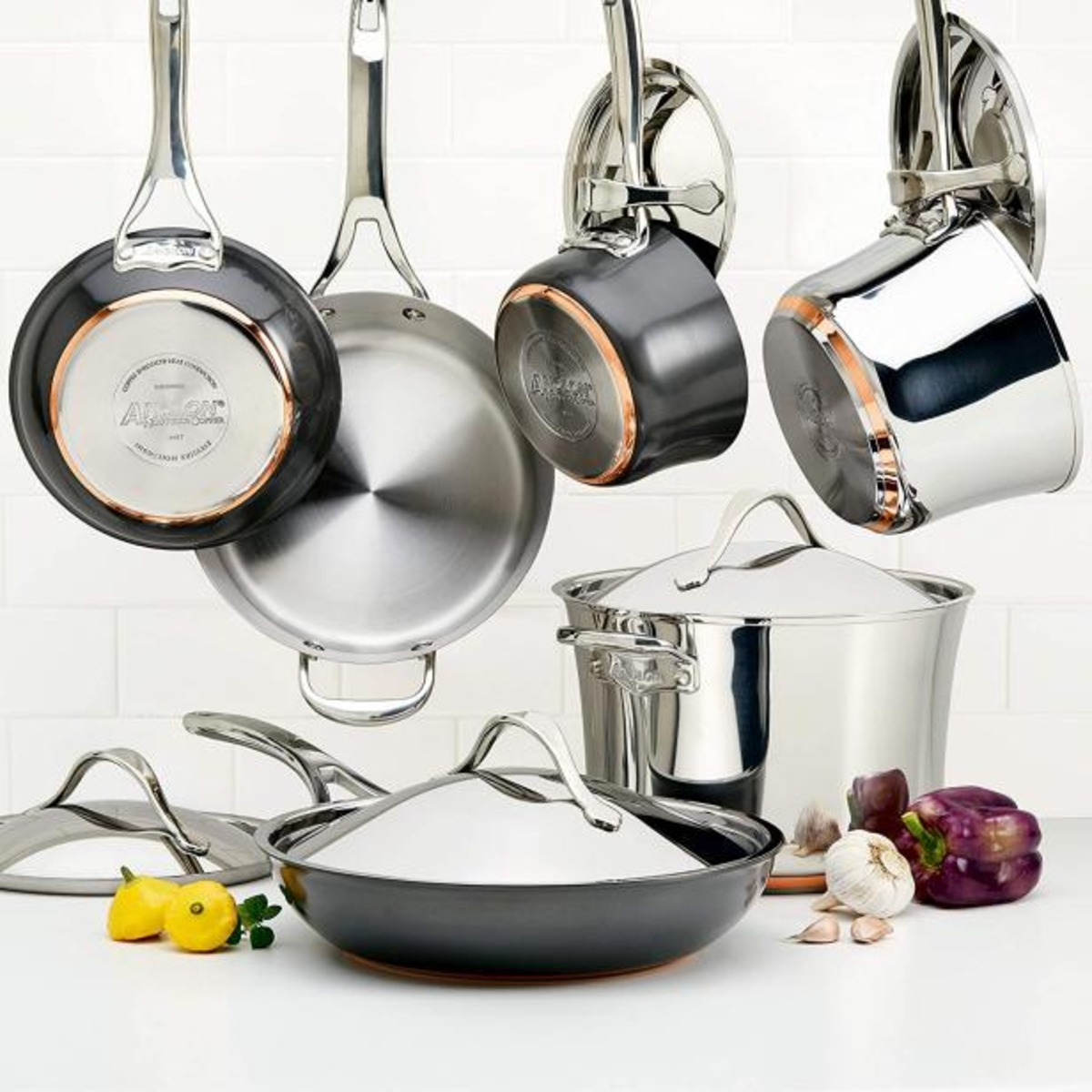
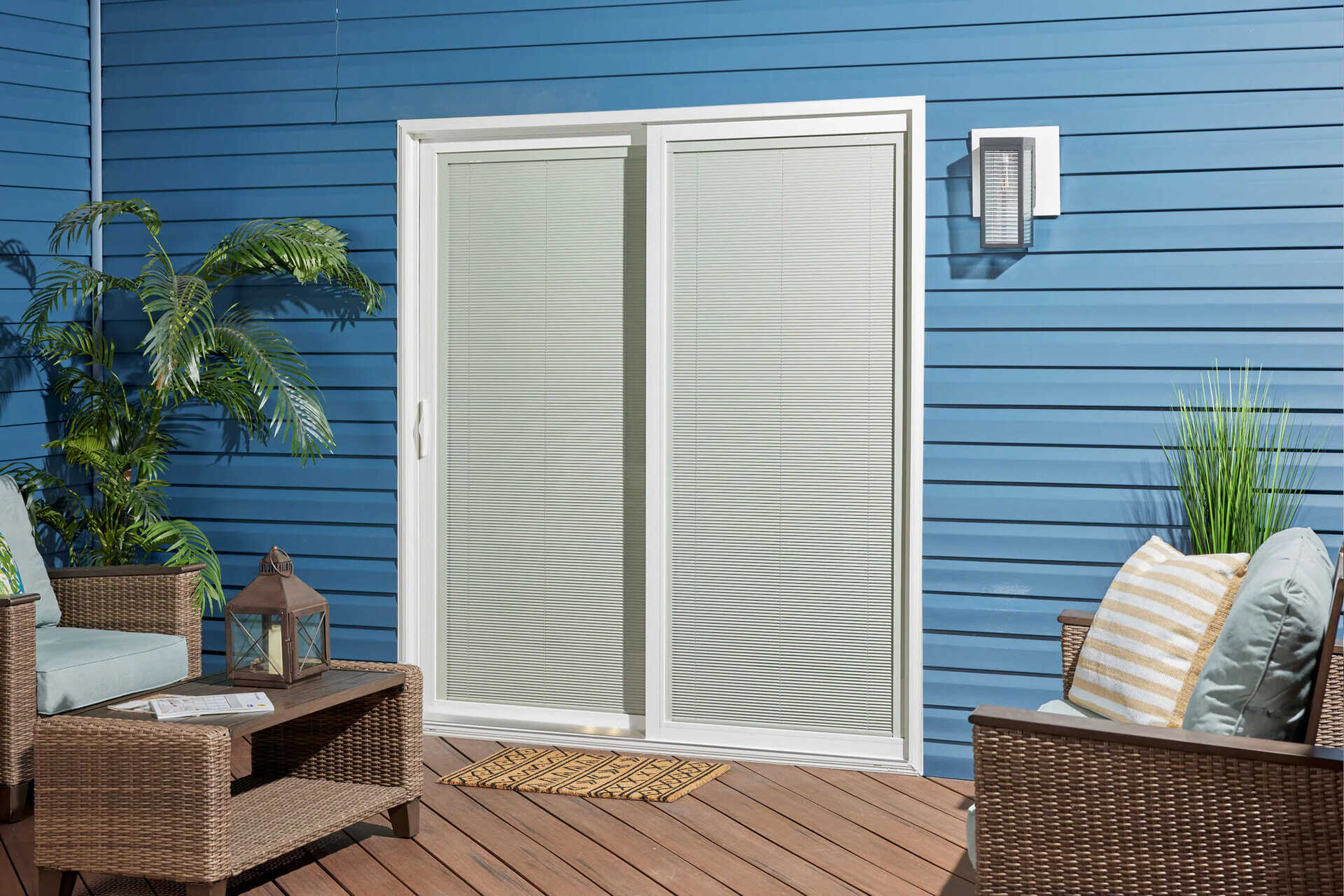
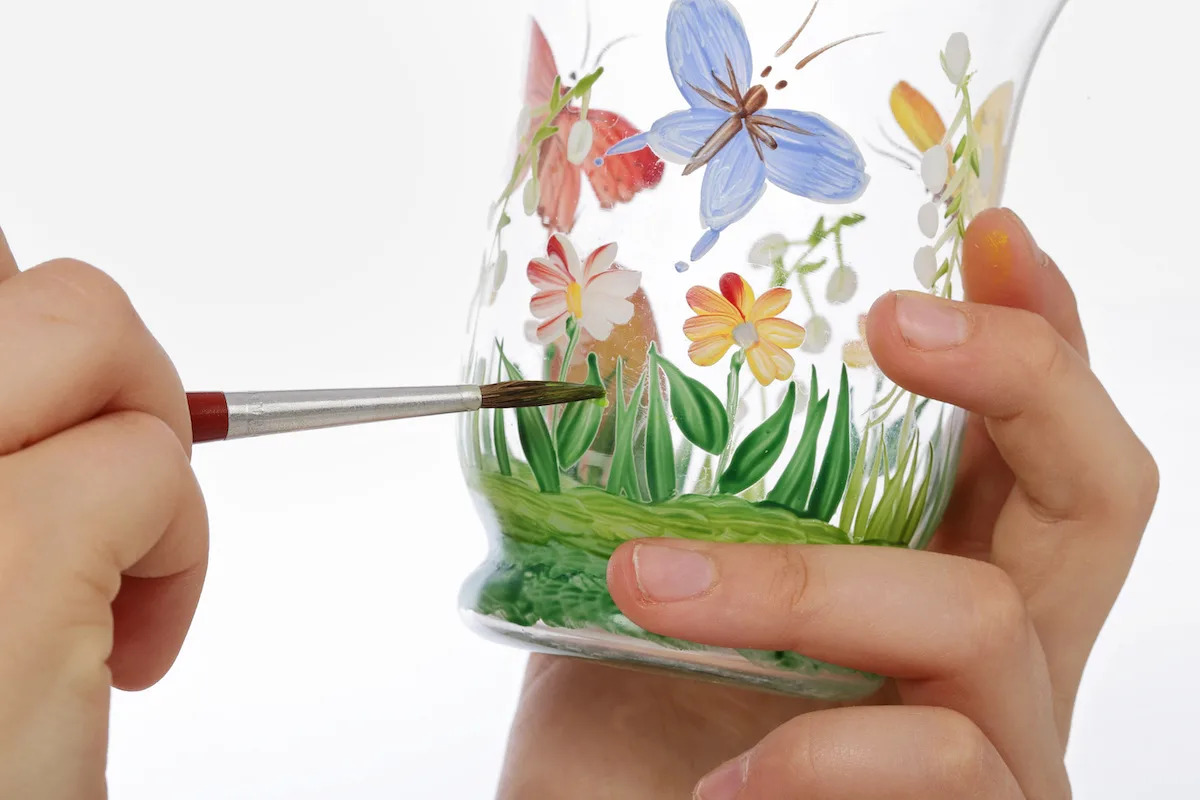
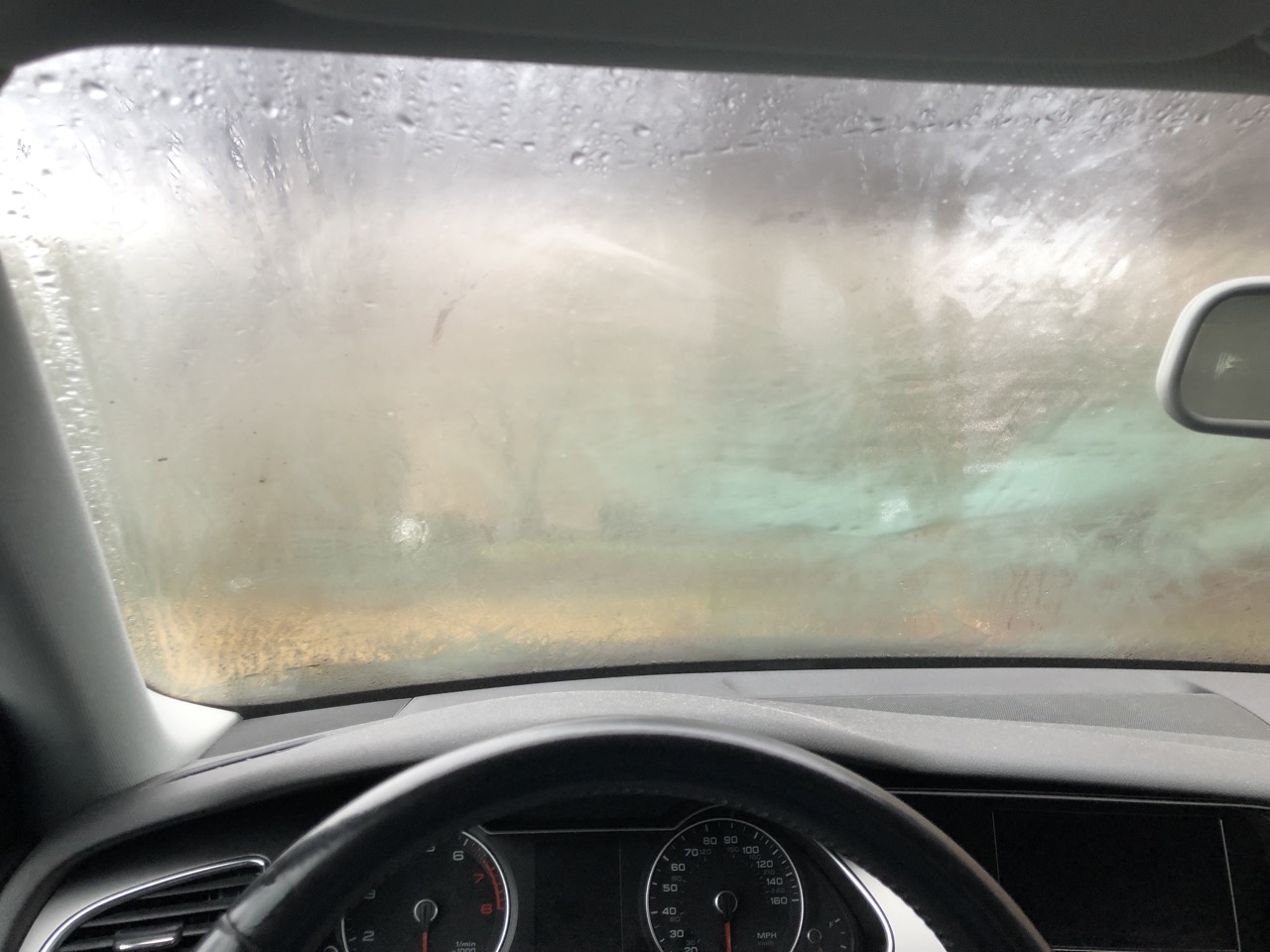

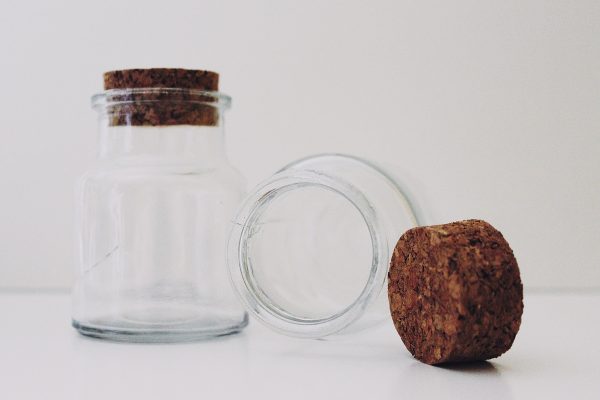
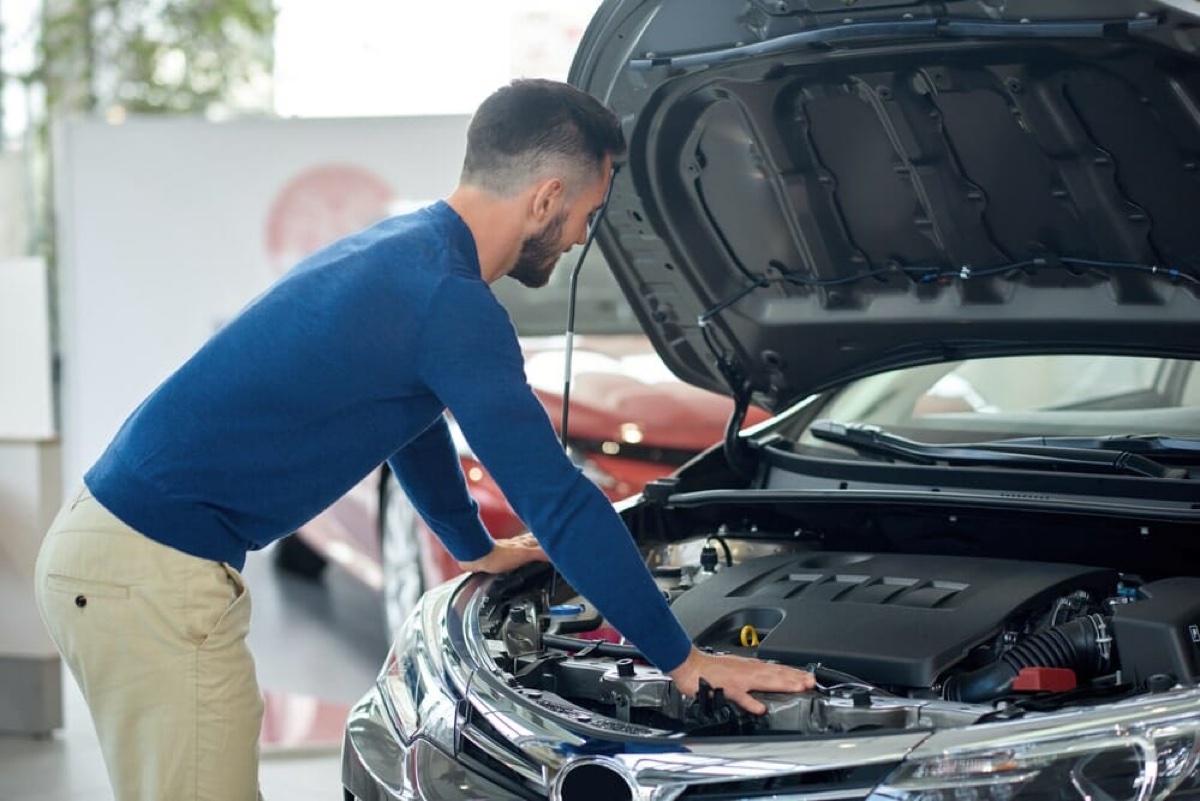
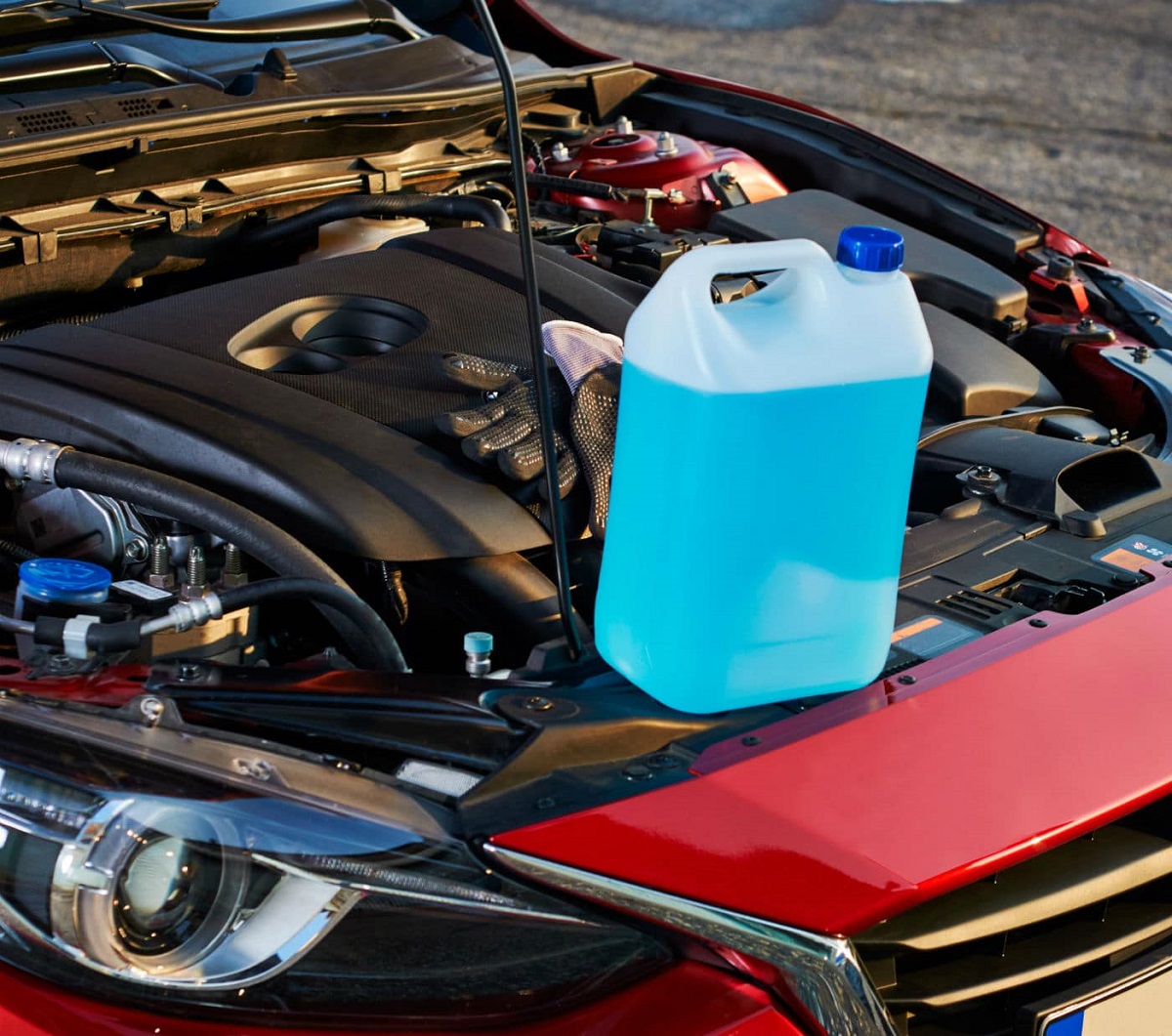


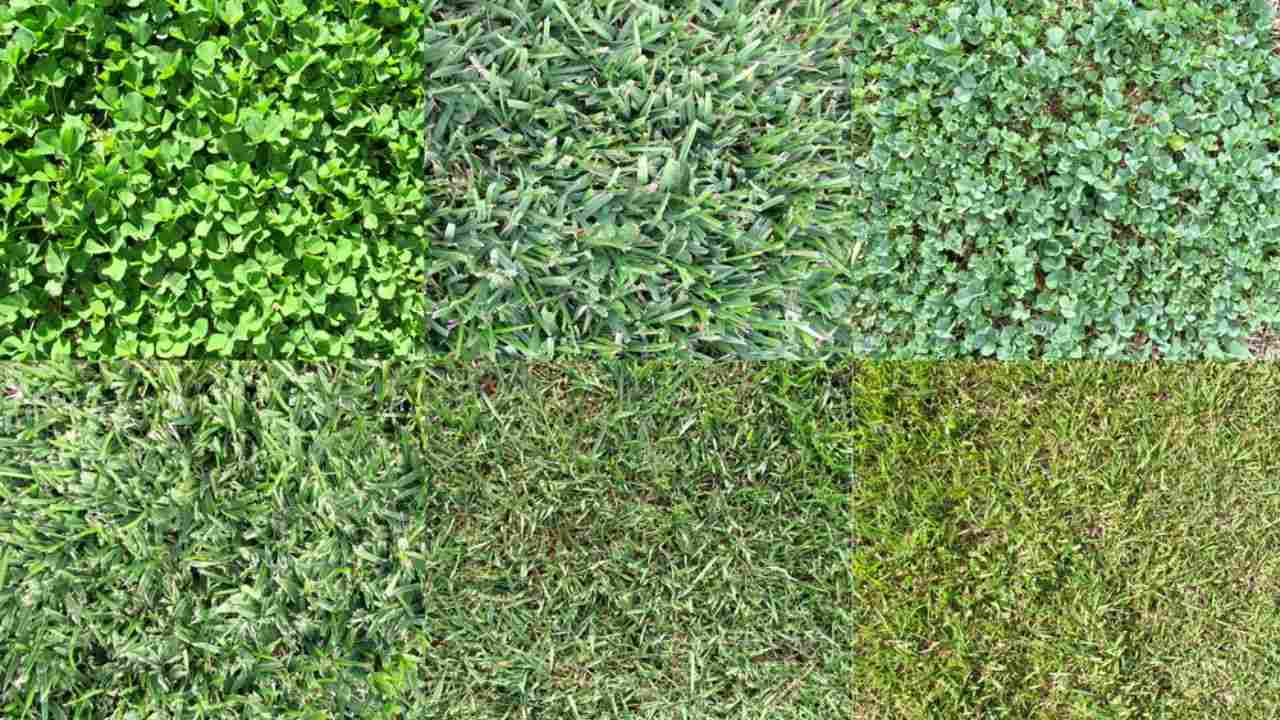
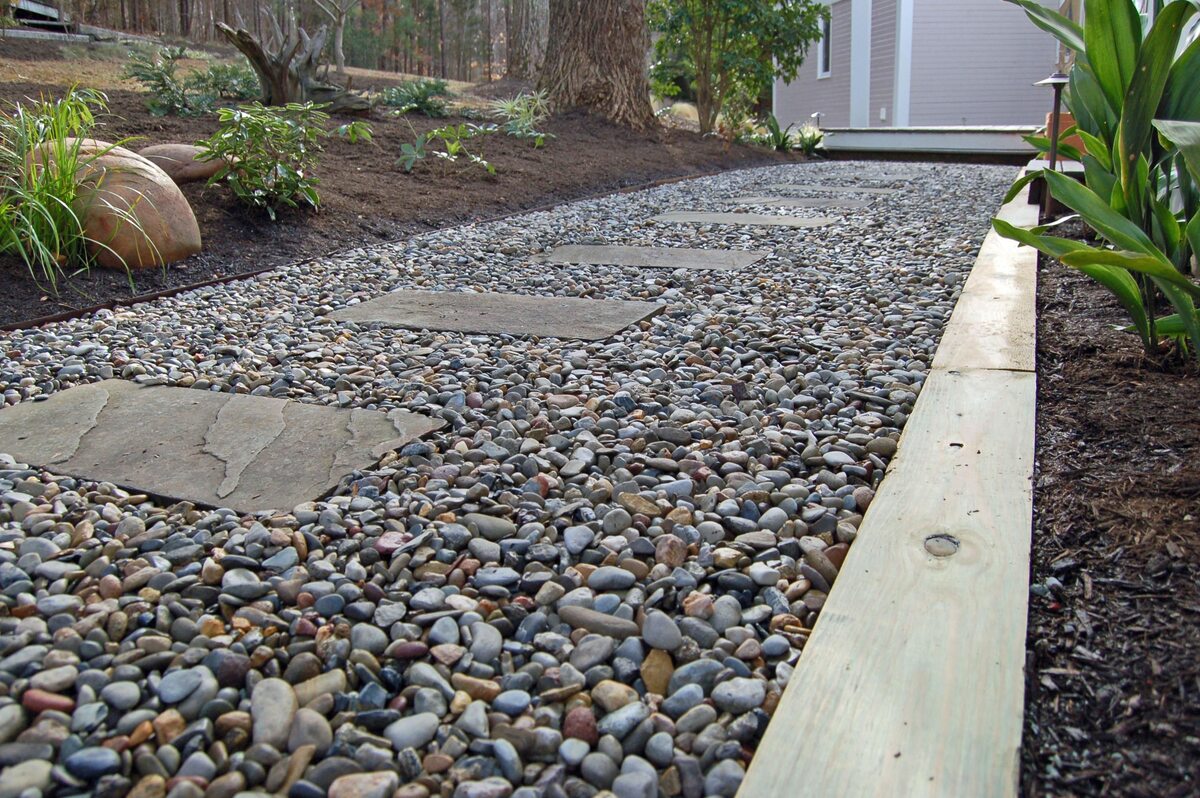


0 thoughts on “What Kind Of Glass Is A Windshield”